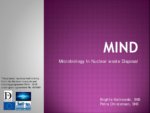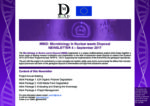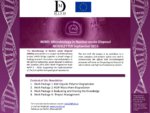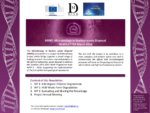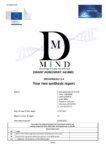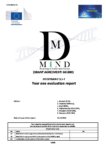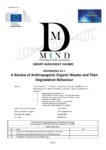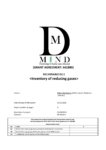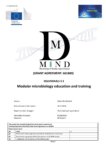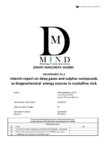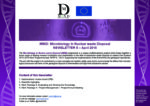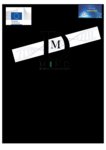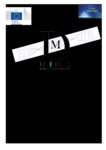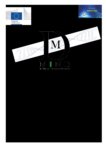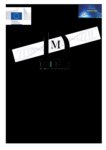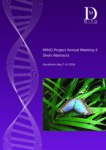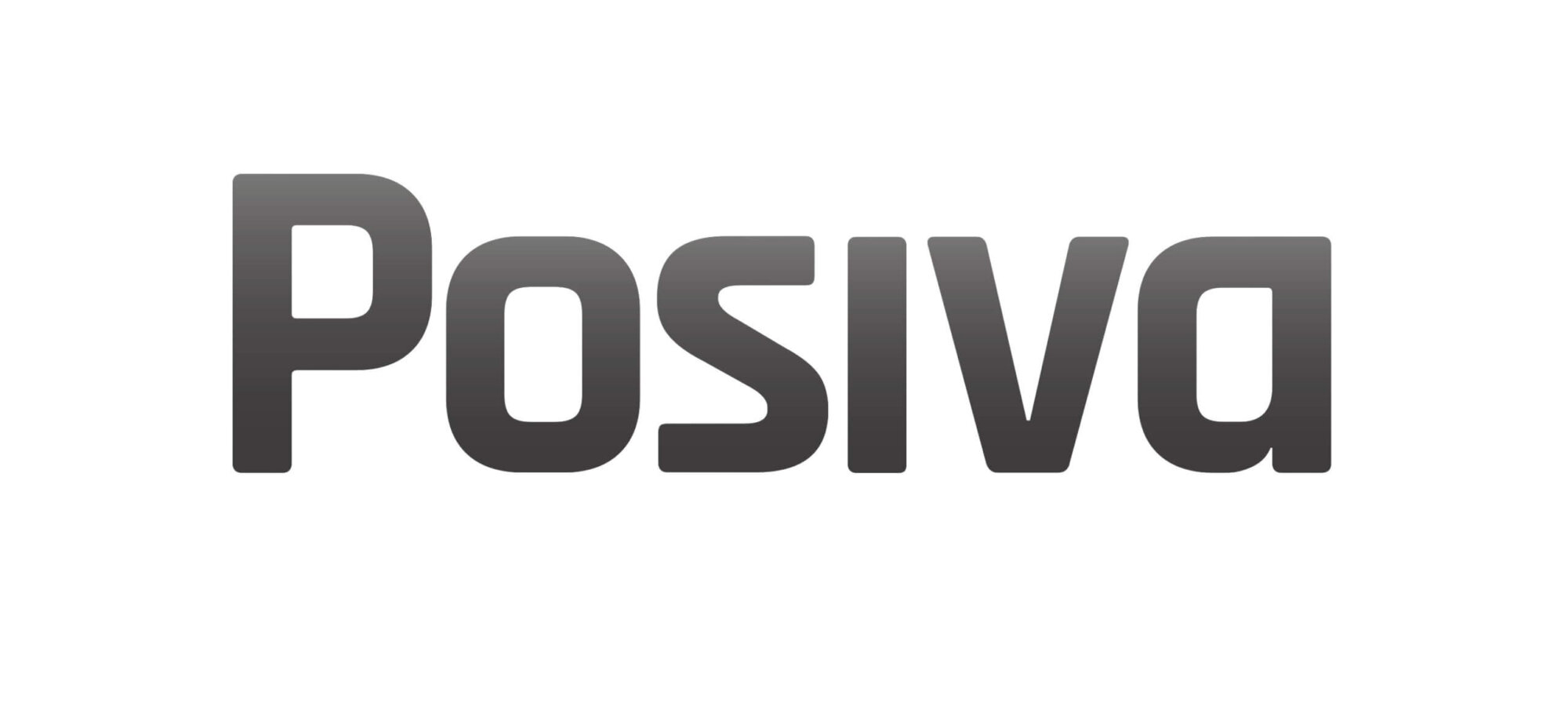MIND: Microbes In Nuclear waste Disposal
MIND was a unique multidisciplinary project targeting the key technical issues involving microbial processes that must be addressed to facilitate safe implementation of planned geological disposal projects in the EU.
Overview
Project Dates: 1/06/2015 – 31/05/2019
Project Status: Finished
Project Website: www.mind15.eu
The Microbiology In Nuclear waste Disposal (MIND) programme was a unique multidisciplinary project which brought together a broad range of leading research institutions and stakeholders in the field of radioactive waste disposal to address the EURATOM 2014-2015 Work Programme topic NFRP 6 – 2014: Supporting the implementation of the first-of-the-kind geological repositories.
The objectives of the project were to target key technical issues, involving microbial processes, which must be addressed to facilitate safe implementation of planned geological disposal projects in the EU. The knowledge of system-dependent microbial processes that affect repository safety and performance is incomplete because current safety assessment concepts either ignore microbial processes, or adopt a simplified approach to assess the performance and processes occurring in the waste form, backfill, buffer and host rock systems. The objectives of this project were to increase the understanding of how life processes will influence the safety and performance of future repositories, by focusing on key topics as defined in the 2011 IGD-TP Strategic Research Agenda (SRA).
MIND was a collaborative project funded by the European Commission under the EURATOM Horizon 2020 Framework. The project had 15 partners from eight countries.
Objective
The main objectives of the MIND project were as follows:
- Improving the geological safety case knowledge of the behaviour of organic containing long-lived intermediate level wastes (ILW) through research with the following objectives:
- To reduce uncertainty of safety-relevant microbial processes controlling radionuclide, chemical and gas release from long-lived ILW containing organics (IGD-TP SRA Key Topic 2 (Understanding the Wastes) sub-topic 2).
- To quantify the combined rates of biodegradation, radiolysis and hydrolysis of anthropogenic organic polymers and cellulose present in ILW under disposal conditions.
- To identify key chemical species resulting from organic ILW biodegradation, radiolysis and hydrolysis and their effects on radionuclide speciation and mobility.
- To establish the in situ chemical and physical conditions that may limit microbial activity in EU repository concepts for ILW utilising cementitious materials within a neutral pH host rock.
- To examine the microbial generation and consumption of CH4 and H2 under ILW repository conditions.
- To understand the effect of ILW heterogeneity on bioprocess pathways, pH and redox conditions, barrier degradation and radionuclide release.
- Improving the safety case knowledge base about the influence of microbial processes on high level waste and spent fuel geological disposal:
- Quantify the contribution of microbially-produced sulphide in the geosphere and in buffers and backfill to the overall rate of canister corrosion (IGD-TP SRA Key Topic 3 (Technical Feasibility and Long-term Performance)).
- Characterise the impact of microbial activity on the long-term performance of bentonites and seals and plug systems in European geological disposal concepts (IGD-TP SRA Key Topic 3, sub-topics 9 and 10).
- Gain systematic information on the effectiveness of specific bentonite buffers and their properties (density, pH) in inhibiting microbial activity (IGD-TP SRA Key Topic 3).
- Integrate, communicate and disseminate results and conclusions from the above listed objectives to the broad European community involved in radioactive waste disposal:
- To evaluate and integrate microbial processes towards the conceptualisation and performance assessment of geological repositories and in the respective state of the art knowledge base.
- To estimate the impact of the inclusion of microbiology on expert conceptualisation and public perception of geological disposal.
- To ensure proper contextualisation of results and to extract remaining key topics within and beyond the MIND project by maintaining an active dialogue with stakeholders.
- To identify and cultivate possible synergies of the MIND program and consortium with ongoing research lines of European laboratories and institutes outside the MIND consortium, with special attention for those in the less advanced member states.
- To distribute knowledge on general geomicrobiology and the outcome of the experimental work packages to a broad audience, including students, professionals, the scientific community, stakeholders and the lay community.
These objectives were developed through consultation with waste management organisations and are thus targeted at specific remaining issues concerning geological disposal of intermediate and high level radioactive wastes. The objectives were defined by a prioritised top-down approach rather than a bottom-up approach driven by scientific curiosity. As such, the proposed research did not intend to carry out a complete assessment of the potential impact of microbiology on geological disposal. Rather, it was intended to contribute to a more complete and realistic safety case and to communicate the effects that microbiological processes will have on the geological disposal of intermediate and high level radioactive wastes.



